DuPont Tile Foam
Shopping For A New Roof? Talk to our experts about a complete roof replacement or extensive repairs.
$54.50 per item
Need bulk pricing? Request a quote.
119 in stock
Specifications
Weight: 1.75 kg
Dimensions: N/A
Description
DuPont™ Tile Bond™ Roof Tile Adhesive is a portable, one-component polyurethane foam adhesive designed for attaching concrete and clay roof tiles. It comes in a self-contained disposable can or canister, providing a quicker and easier installation compared to traditional methods such as screws, mortar, wire ties, and clips.
Key Features and Benefits
- Minimal Expansion: Provides greater attachment strength while minimizing nail penetrations and reducing roof weight loads.
- Versatile Application: Suitable for low/flat, medium, high, and two-piece barrel profiles of roof tiles.
- Easy Dispensing: Can be quickly and efficiently dispensed using easy-to-use dispensing equipment, eliminating the need for expensive tools and ratio monitoring.
- Improved Efficiency: Multiple installers can work simultaneously, maximizing productivity.
- Restartability: The cylinder can be easily shut off, stored, and restarted multiple times, ensuring full product use.
- Moisture-Cured: Can be applied to wet substrates.
- Hurricane-Zone Qualified: Meets the requirements for hurricane-prone areas.
- Proven Performance: Designed to ensure tiles do not lift.
Installation and Application
Tile Bond™ Roof Tile Adhesive is ideal for all new, reroof, and specialty applications, including:
- Hip and Ridge
- Rake and Valley
- Field and Eave Installations
Theoretical Yields
- High-Profile Tile: 3–5 squares
- Medium-Profile Tile: 5–7 squares
- Low-Profile Tile: 7–9 squares
- Highest Yield: Supports up to 350 field tiles per 23 lb. tank in both field and hip/ridge applications.
Compliance and Approvals
- Texas Department of Insurance (DOI)
- Miami-Dade County
- Florida Building Code
Sustainable Solutions
Tile Bond™ has zero ozone-depletion potential. Both tank and aerosol have a volatile organic compound (VOC) content of 1.0 wt. % (13 g/L). The VOC content was determined according to the California Air Resources Board and the South Coast and Ventura Air Quality Management Districts Rule 1168 Adhesives and Sealants (amended Jan. 7, 2005) and the Ozone Transport Commission Model Rule for Adhesives and Sealants (effective Jan. 1, 2009).
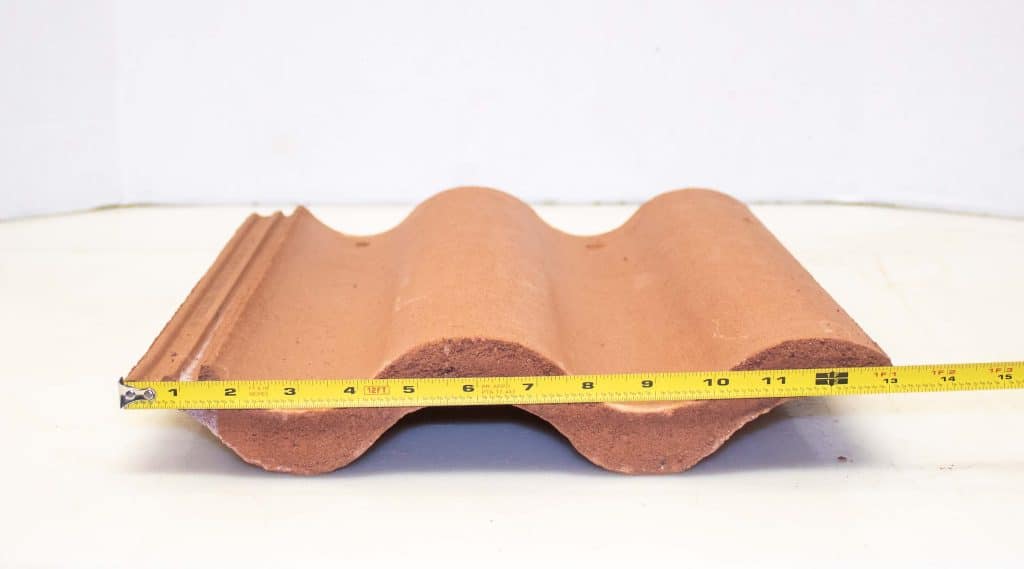

You May Also Like...
Related products
-

Ludowici #303 Ridge Cresting
$100.00 per item This product has multiple variants. The options may be chosen on the product page -

TBF Residence Hip END
$25.00 per item This product has multiple variants. The options may be chosen on the product page -

Ridge Seal (Flex Flashing)
$71.50 per item -

HYTILE Roof Tile Cutter Replacement Waste Pan
$75.00 per item -
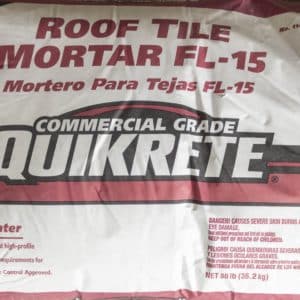
Roof Tile Mortar Mix 80lb Bag
$12.00 per item -
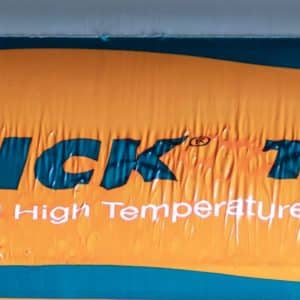
Polystick Underlayment (Self-Adhered Roof Underlayment)
$122.10 per item This product has multiple variants. The options may be chosen on the product page
Need Roofing Accessories?
Foam, Adhesive, Underlayment, Paint, Sealant, Mortar, Eave Closure, or Vents?
-
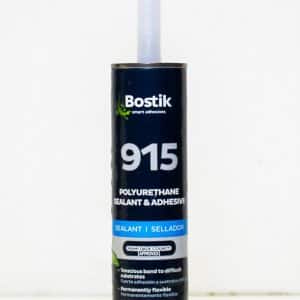
Bostik 915 Polyurethane Sealant and Adhesive
$8.25 per item This product has multiple variants. The options may be chosen on the product page -
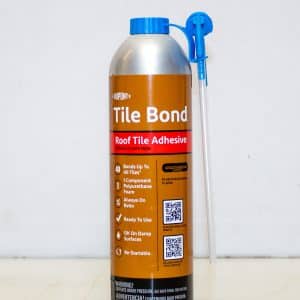
DuPont Tile Foam
$54.50 per item -

O’Hagin Vents Monier Villa
$45.10 per item This product has multiple variants. The options may be chosen on the product page -
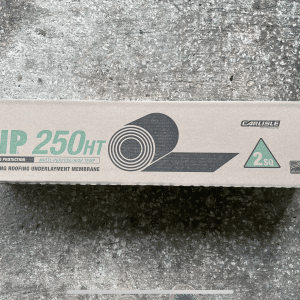
Carlisle WIP Underlayment
$150.00 per item This product has multiple variants. The options may be chosen on the product page -
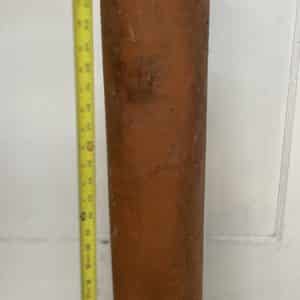
Clay Drain Pipe w Collar 27″ long
$85.00 per item -
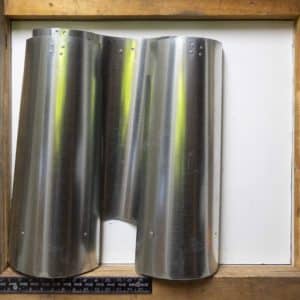
O’Hagin Vent Santa Fe Two Piece Pan And Cap
$45.10 per item This product has multiple variants. The options may be chosen on the product page













